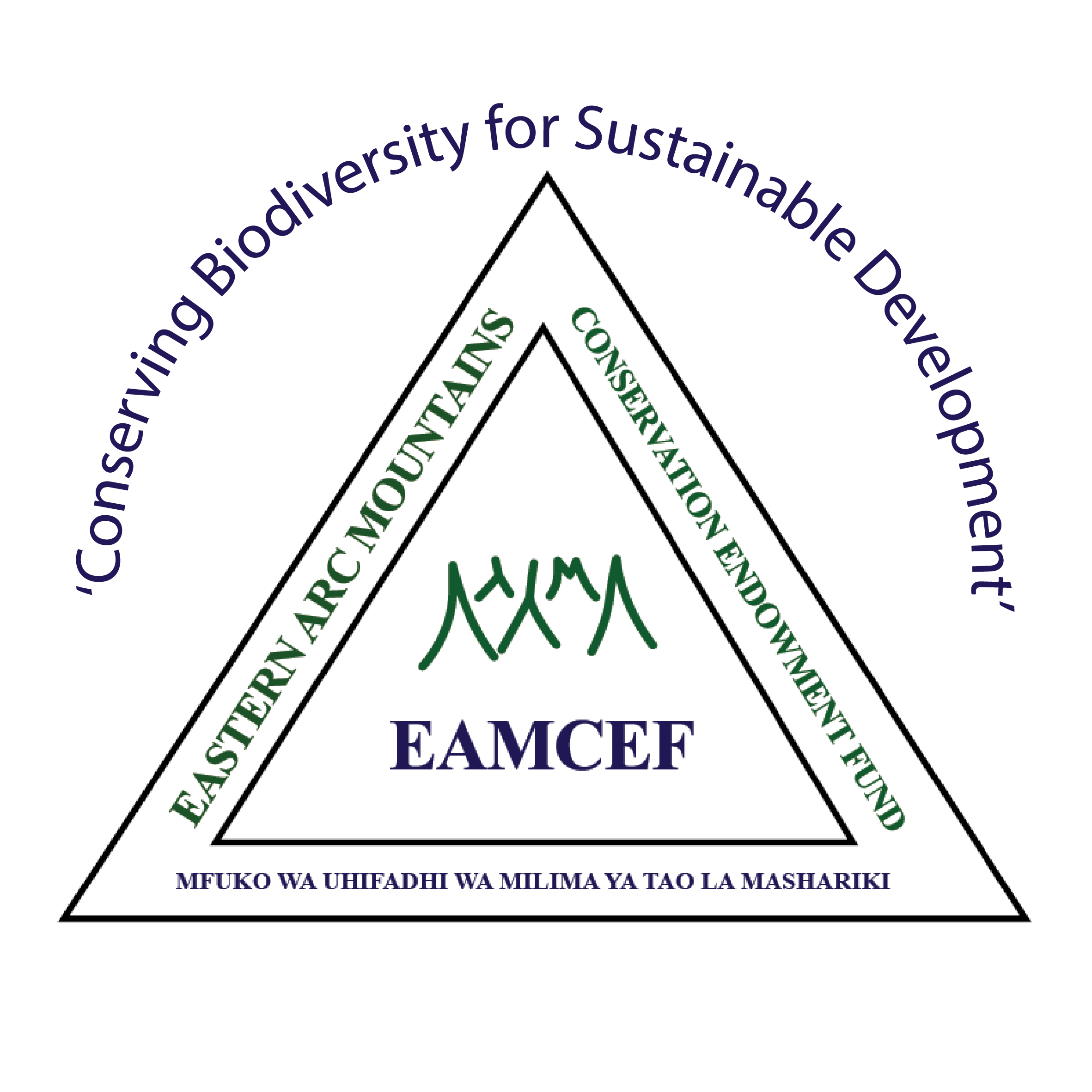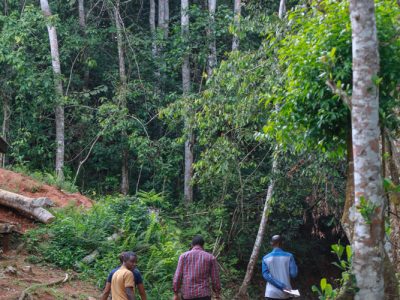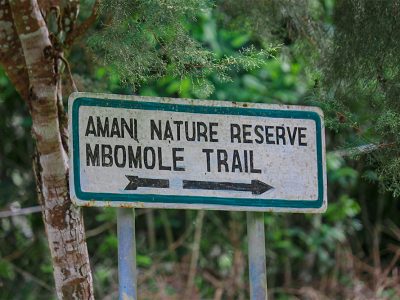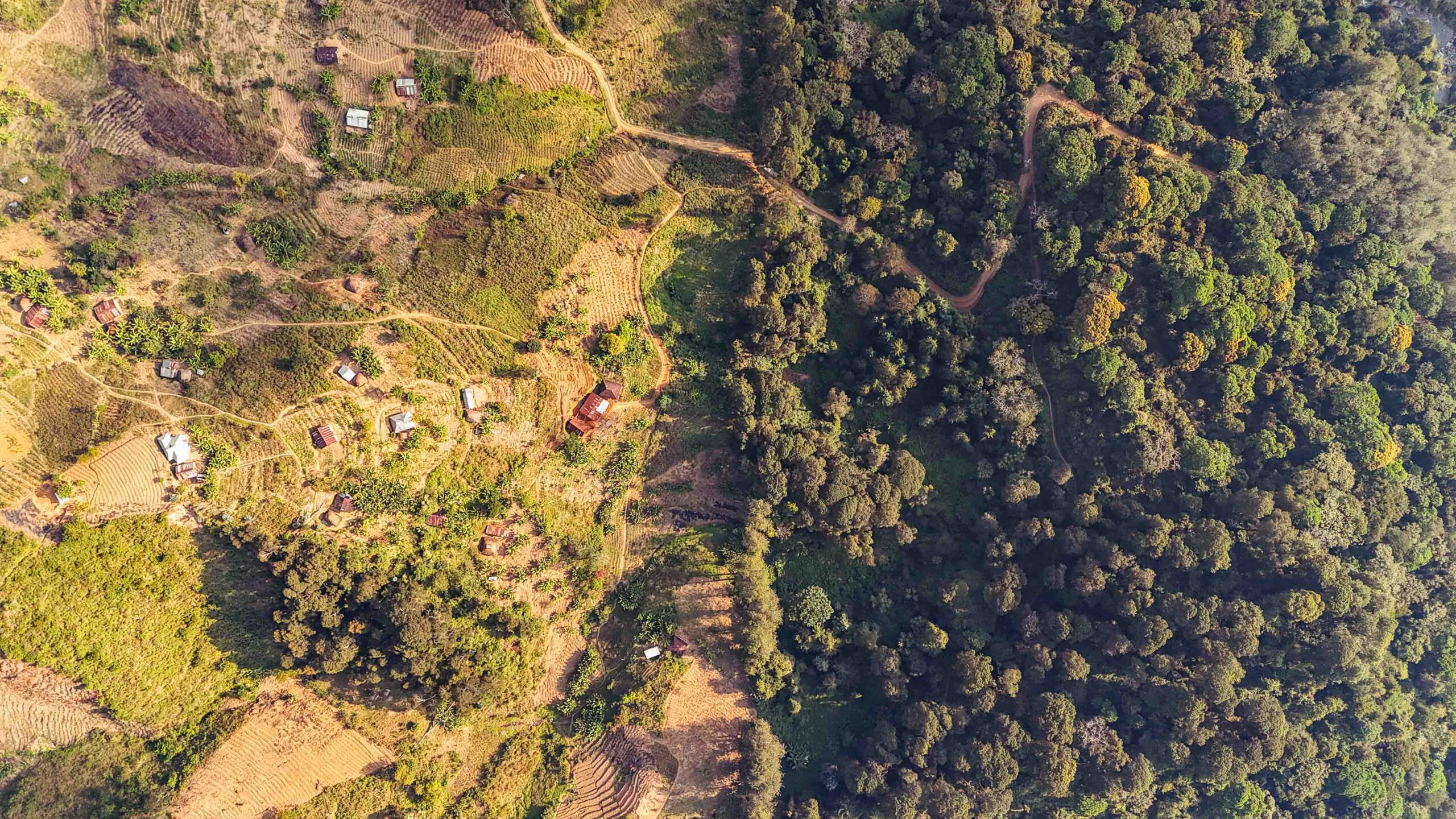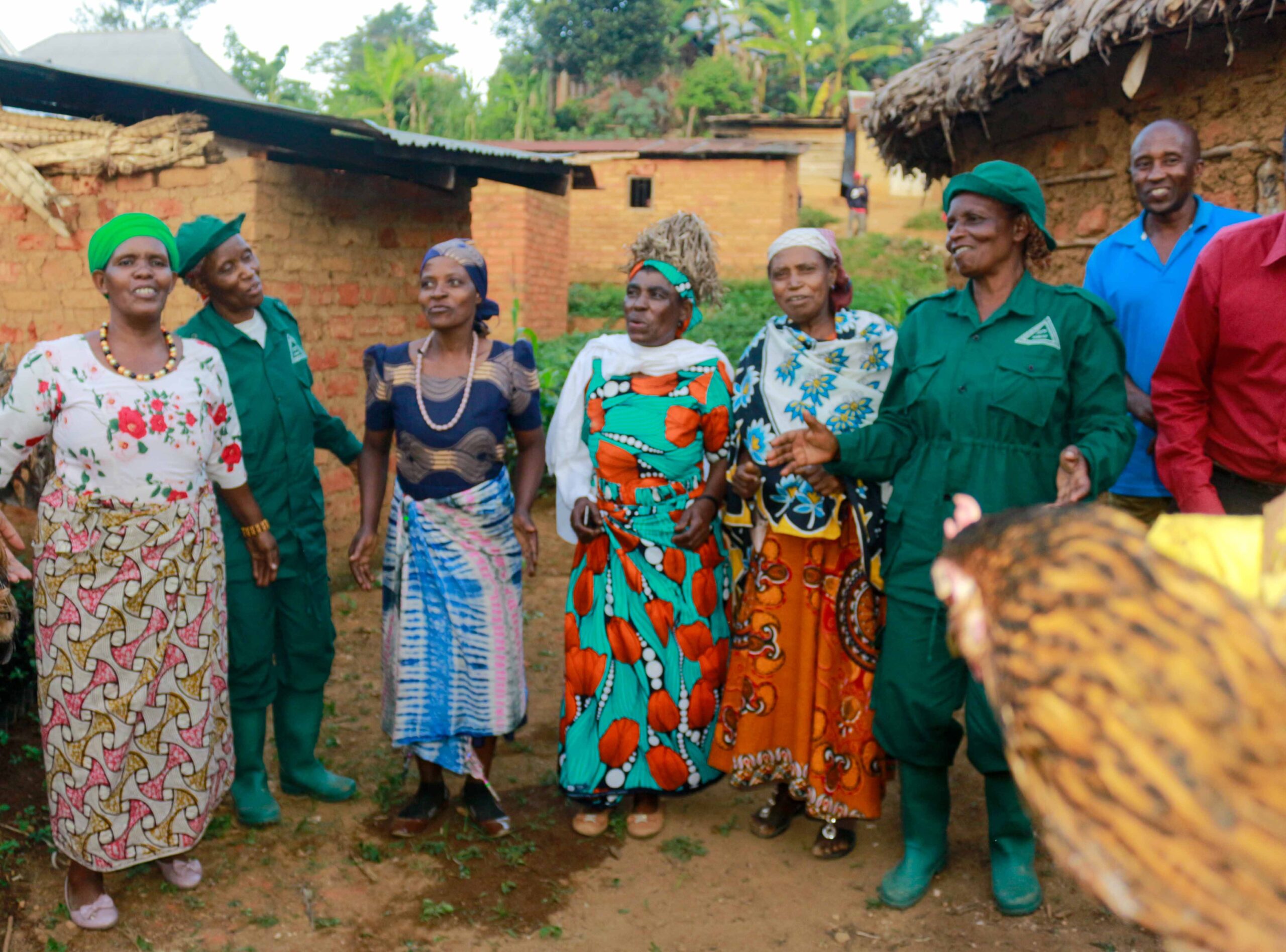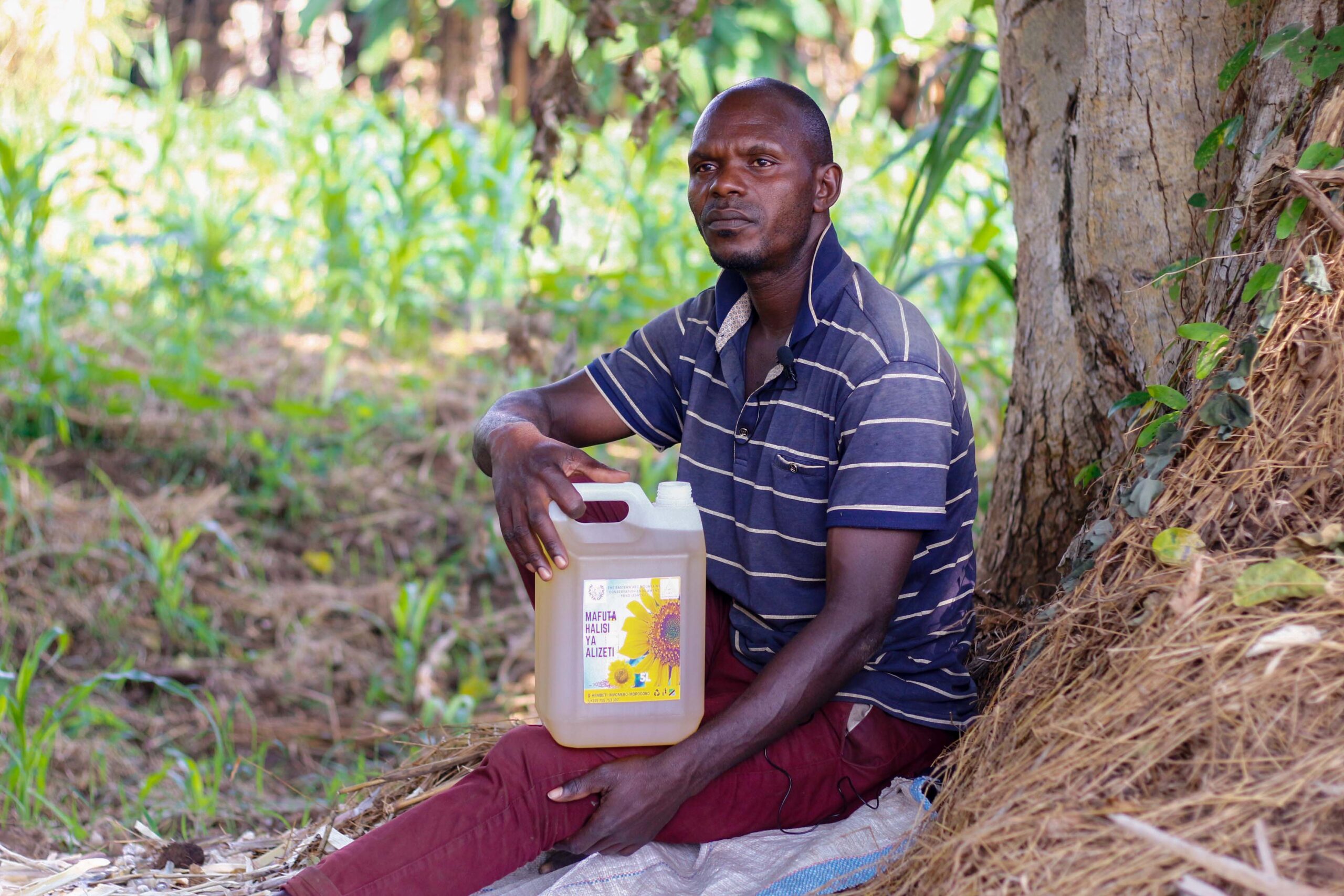Ecotourism infrastructure in the Eastern Arc Mountains has been significantly improved thanks to the efforts…

Unlike Game Reserves where consumptive wildlife tourism is generating significant revenue from hunting tourists, the Nature Reserves generates revenue from photographic tourism and other non-consumptive activities. Implementation of Protected Areas and climate Change Management Projects was coordinated and managed by staff in each targeted Protected Area. Project activities related to forest management were done in close collaboration with surrounding community casual labourers selected through village assemblies. Major activities that employed large number of villagers included: forest boundary clearance, planting of tree seedlings along forest boundary length, establishment of new directional trenches, participatory forest patrols, rehabilitation of mining pits, establishment and management of nature trails, campsites establishment and management and tourist drive routes.
EAMCEF through its partners paid local communities for participation in the mentioned forest management activities as a cost-effective option than hiring a company for the purpose – despite no estimates was done to compare how much time and money it would have costed to hire private company. The payment to local communities was treated as compensation for time and labour, but also as a benefit arising from Protected Areas management. Compensation was done through cash payments at reasonable government rates. In total, during the project life over 10,800 local communities (men and women) have been employed and paid over TZS. 367 Million for providing their labour and time in managing Protected Areas. Hiring surrounding communities is not only cost effective but also important for changing perceptions of local communities especially of those tied to historical experience of exclusion, with ‘fences and fines’ conservation approaches.
The case of Amani Nature Reserve:
In support of the tourism business and forest management EAMCEF supported Amani Nature Reserve to clear nature trails that would allow tourists to walk across the forests and enjoy the nature – diverse attractions. This support is aimed at promoting the reserve and enhancing participation of local communities in forest management activities and increase revenue that is channelled to the surrounding villages. Apart from revenues from ecotourism, the little payments (as compensation for time and labour) that community members receive from participation in boundary clearing, maintenance of nature trails, forest patrols incentivise local communities to protect the forests.
